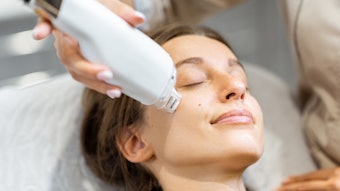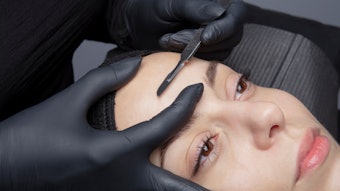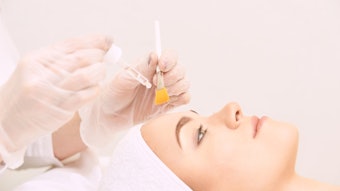When it comes to treating the aging face, patients have their pick of numerous laser therapies for successful skin rejuvenation. But finding an effective treatment for the delicate skin of the neck can often be a real pain in the neck. Now, a retrospective review presented in a recent issue of Lasers in Surgery and Medicine, the journal of the American Society for Laser Medicine and Surgery, finds that a skilled practitioner can successfully resurface an aging and photodamaged neck using the Carbon Dioxide (CO2) laser if a series of treatment parameters are strictly followed.
In her article entitled “Safe and Effective Carbon Dioxide Laser Skin Resurfacing of the Neck,” laser expert Suzanne D. Kilmer, MD, of the Laser & Skin Surgery Center of Northern California, Sacramento, CA, outlines three key components essential to effective laser resurfacing of the neck with the CO2 laser that she and her colleagues have used to safely treat more than 1,000 patients over the past 10 years.
“We have found that for the CO2 laser to work safely and effectively on the neck, 1) the skin has to be sufficiently hydrated with a pre-operative topical anesthesia; 2) the laser has to be administered at a low density with only a single pass; and 3) the treated epidermis must not be wiped following the procedure,” explains Dr. Kilmer. “These three ingredients, in a sense, make up the ‘recipe’ for how to safely use the CO2 laser for neck resurfacing. And like all recipes, every step must be followed and all the ingredients must be added properly for the end result to turn out right.”
In order to adequately hydrate the skin prior to the laser procedure, Dr. Kilmer recommends that patients wash their entire face and neck with hot water and then immediately apply a thick layer—like frosting on a cake—of the topical anesthesia EMLA. The area is then sealed using a plastic wrap, and this process is repeated 45 minutes before the procedure. Dr. Kilmer notes that proper hydration is critical, as it “plumps up” the skin and creates a protective buffer against the laser that also aids in absorbing the laser’s energy.
During a typical laser skin resurfacing of the face with the CO2 laser, the epidermis is completely removed. For neck resurfacing, the laser energy is lowered so the epidermis is not removed and stays intact. This low density coupled with a single pass of the laser creates less trauma and less wounding on the neck. Dr. Kilmer points out that while the face would normally be wiped to remove the epidermal debris following the procedure, it is important not to wipe the treated epidermis from the neck because it serves as a natural dressing that protects the skin and aids in the healing process.
“Most of our patients that undergo CO2 laser skin resurfacing on their face also get their neck done at the same time,” says Dr. Kilmer. “Performing both procedures helps to blend the results, eliminating the noticeable line of demarcation that usually occurs when the neck is left untreated.”
While non-ablative laser treatment for skin rejuvenation has gained in popularity during the past few years, Dr. Kilmer notes that the CO2 laser produces longer-lasting results than its non-invasive counterparts and only a single treatment session is needed instead of a series of treatment sessions.
“As with any procedure, patients need to be informed of the potential risks, how much downtime is involved, and the importance of post-operative care before undergoing CO2 laser resurfacing,” adds Dr. Kilmer. “But for any single resurfacing treatment, the CO2 laser delivers the most overall improvement—hands down.”
Patients with a personal or immediate family history of vitiligo are not considered candidates for this procedure, as laser resurfacing can trigger depigmentation of the treated area consistent with this condition.










